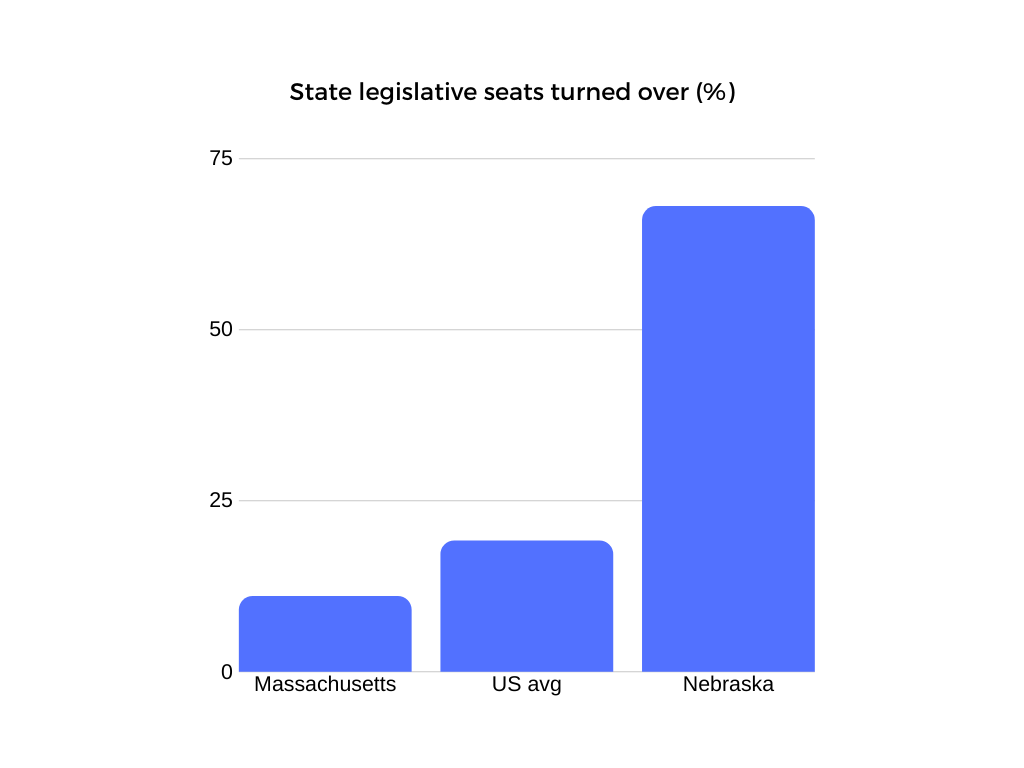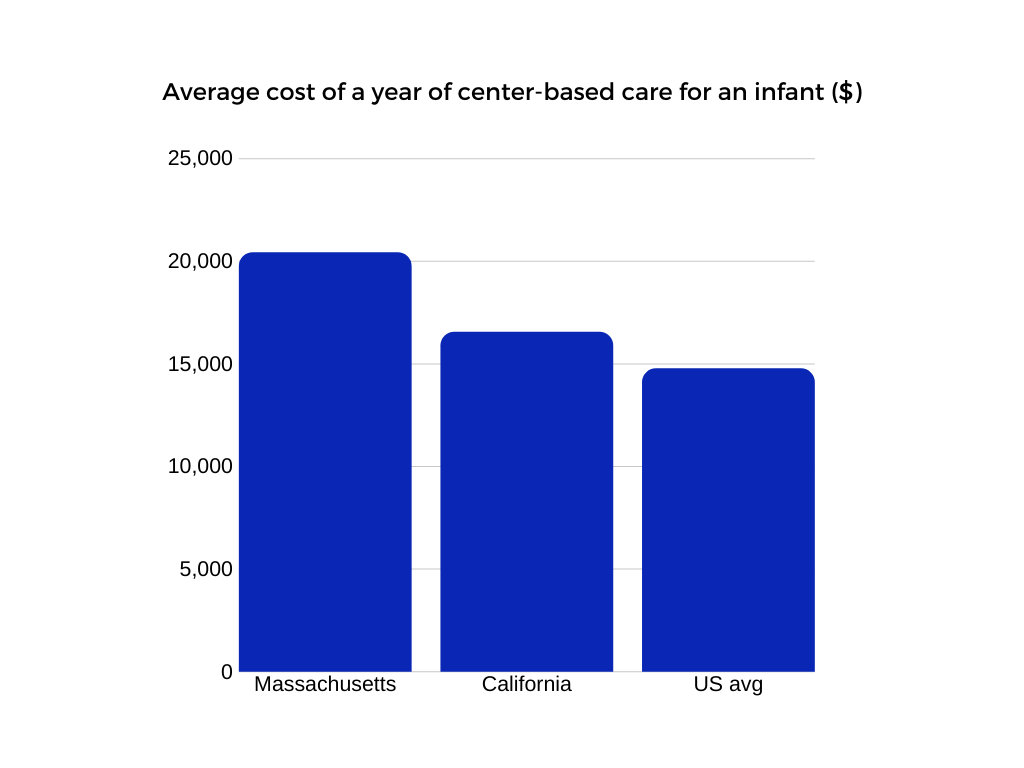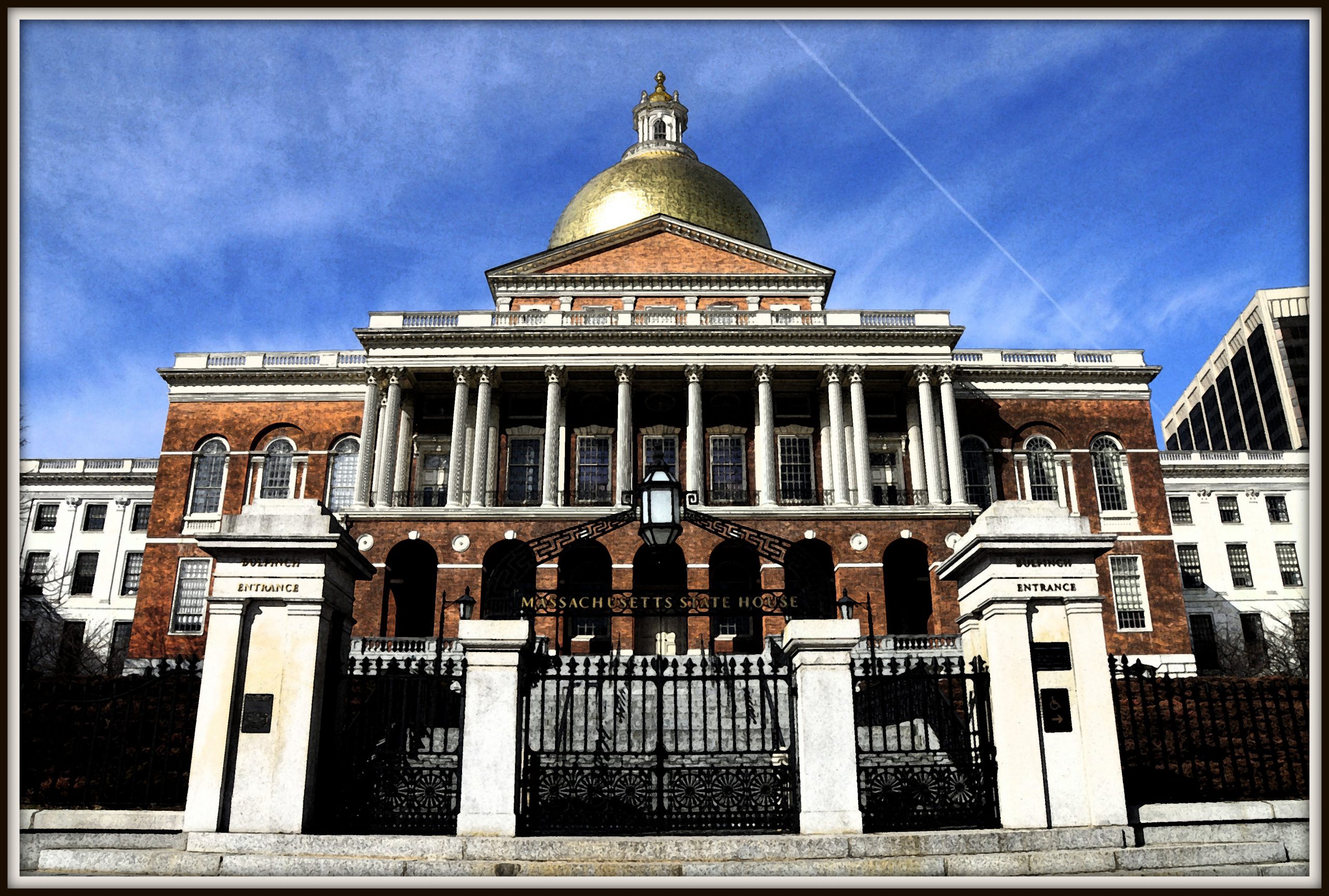As the most liberal state in the country — with 35 percent of the population identifying as liberal — one might expect Massachusetts to have many female representatives in its state and local governments. After all, Democrats are more likely than Republicans to support traditional women’s issues, such as childcare and reproductive rights, and tout the importance of gender equality. However, this is not the case: According to the Center for American Women and Politics’ rankings of female representation in state legislatures, Massachusetts is 27th. As of December 2019, only 57 out of the 200 members, or 28.5 percent, are female. Meanwhile, Nevada claims first place for women’s representation in state government with a legislature that is 52.4 percent female.

This lack of female political representation is not a new problem for Massachusetts. Though the percentage of women in the state legislature jumped from under 3 percent to 26 percent between 1970 and 2002, since then the numbers have been largely stagnant. Even with a four-point jump after the 2018 midterm elections, which saw a wave of women entering politics across the country, one analysis predicts that if the trend continues at its rate since 1980, the Massachusetts legislature will not reach gender parity until 2072.
For many reasons, female political representatives are vital to the functioning of a healthy democratic government. For instance, women are more likely than men to work across party lines and be responsive to the concerns of their constituents. According to professors Richard L. Fox, Jennifer L. Lawless, and Michele Swers, female legislators are more likely to focus on traditional women’s issues such as education, healthcare, family and childcare, and women’s rights, meaning equal political representation is essential for female voters’ voices and preferences to be represented in government. Additionally, an increase in female political representation activates the role model effect: Women are more likely to run for office when they see other women in positions of power, creating a cycle of women becoming political role models for each other. Female political representation is too important for us to wait 53 years to close the political gender gap. Massachusetts needs more women in power.
Why Massachusetts?
There are many reasons that female political representation across the country is, for the most part, nowhere near proportional to the percentage of women in the population. Women are less likely to believe they are qualified for office and therefore, less likely to run, whereas men are more likely to be encouraged to run for political office both during college and throughout their careers. Also, women have a harder time appearing both likable and competent than men do. However, these factors alone do not explain why Massachusetts in particular has such a low percentage of female political representation, especially for a liberal New England state.
One of the main culprits is Massachusetts’ culture of supporting incumbents and discouraging their potential challengers. Massachusetts has one of the lowest incumbent turnover rates of any state legislature in the country: In 2014, just 11 percent of legislature seats were turned over, compared to a 19.12 percent average across the US and a high of 68 percent in Nebraska. The pervasiveness of the “don’t rock the boat” culture in the Massachusetts Democratic Party makes it seem “impolite” or “impertinent” to run against incumbents unless they are experiencing severe scandals or controversy.

“There is a silent agreement that you don’t challenge a sitting elected official. It’s such a strongly held belief here,” President of the Massachusetts Women’s Political Caucus Pamela Berman told Boston’s WGBH. In fact, the caucus has even been told that they should not endorse women running against men already in the state legislature.
Furthermore, it would be hard for a challenger to defeat incumbents even if she had enough support. In all levels of politics, incumbents running for reelection win about 85 percent of the time. With their deeply rooted networks of supporters and strong name recognition, incumbents have an easier time raising money and growing a volunteer network than challengers, who are usually less well-known or well-financed.
Consequently, few candidates choose to run for contested seats, instead waiting for the rare open seats that exist to become available. The strength of incumbency has caused Massachusetts to have some of the least competitive legislative elections in the country, with longtime incumbents having little to fear in terms of challengers. As of 2017, 30 House members had been in office longer than the youngest Massachusetts voters have been alive, and 20 had been serving since before their youngest colleague was born.
Yet waiting for open seats is not enough — since 2010, there have been around 14 vacancies per year out of the 200 total Massachusetts house and senate seats. Approximately 25 percent of legislators leaving are women, and approximately 25 percent of women who run in contested primaries become legislators. This causes an equilibrium in which the number of women entering and leaving the legislature is roughly the same. To overcome this equilibrium, running only for seats left open is not enough. Women must challenge sitting members, but in a state with such a strong culture of supporting incumbents, this is difficult.
Massachusetts’ exorbitant childcare costs also prevent women from running. According to Child Care Aware, a Virginia-based advocacy group that researches childcare issues, Massachusetts has the highest childcare costs in the country. For infants, the average cost of a year of center-based care is $20,415. In California, the second most expensive state, the same care would cost an average of $16, 542 per year. According to interviews conducted by WGBH, the cost of childcare is one of the main factors that prevents women from running for office.

Hope for the Future
Though the gender disparity persists, the 2016 presidential election and its aftermath galvanized women across Massachusetts both to run for office themselves and to increase the support available for female candidates in state and local office. The president’s threats to repeal the Affordable Care Act, defund Planned Parenthood, and remove environmental protections, among others, led to an increase in the number of female candidates. First-time state representative Tram Nguyen (D-Mass.), who defeated an incumbent in 2018, told WGBH that “we have to step up at the State House to make sure we protect the policies and programs that are being weakened at the federal levels.”
There has also been an increase in groups that encourage and help women to run for local office. Winchester Inclusive, which aims to encourage more women and people of color to run for local office in Winchester, Mass., was founded almost immediately following the 2016 election. It grew from a group of friends and neighbors who came together to process the results of the election and has grown to a hundred people that helped elect the first Latino member of the Winchester select board and a few first-time female candidates to the school and planning boards. A similar organization, Women Engaged for Civic Action on Nantucket, also formed in the days following the 2016 election and holds forums to help explain what a campaign is like and to support women who want to be more active in local government. Additionally, the Massachusetts Women’s Political Caucus is in the process of creating regional boards to support female candidates running for local office; so far, it has launched four regional boards in the state.
Despite the persistence of gender inequality in politics, historic wins in the 2018 election and the number of women initially competing for the Democratic presidential nomination (six out of the 20 candidates in the first Democratic debate were female) are promising signs for the future. Hopefully, these trends will continue and lead to a decrease in the political gender gap in the years and elections to come.
Image Credit: Flickr/Tony Fischer
